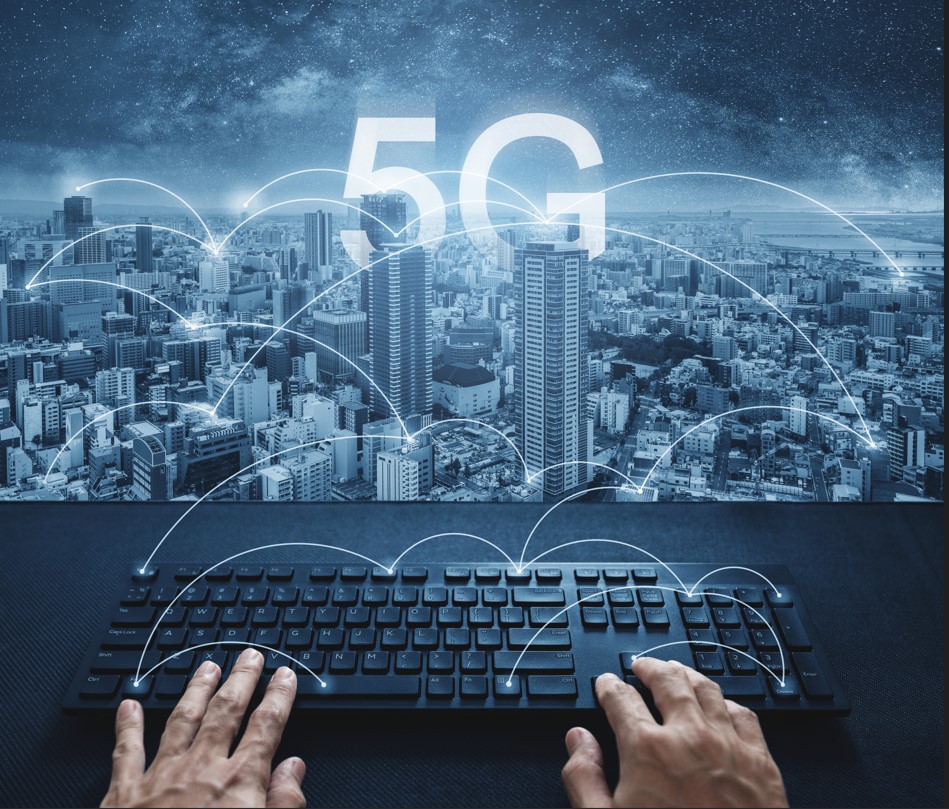Survey: 5G Becoming Connectivity Method of Choice When Businesses Expand Operations
More enterprises are considering the use of 5G (vs. wired lines) as their primary or backup connectivity as they digitalize and expand operations to support new business opportunities.
May 3, 2024

Businesses that require as close to 100% uptime as possible are turning to wireless connectivity, in the form of 5G, to patch the few hours of downtime a month that most experience with wired connections.
That’s according to the State of Connectivity 2024 report recently released by Cradlepoint. The report, which was conducted in partnership with Censuswide, surveyed 1,003 decision makers across various industries in the United States and found that they are increasingly turning to 5G as a backup solution to their wired networks. Some are going even further by making 5G the primary connectivity source, as cellular operators are marketing 99.99% network uptime as standard.
Such interest in 5G to complement or replace wired connections is due to the growing importance for high availability as businesses digitally transform. What the report found is that even the best-in-class wired connection providers typically have a few hours of downtime per month, which can happen at inconvenient hours for businesses. Over 50% of businesses estimated their organizations experience 1 to 2 hours of downtime per week due to network failures, while 34% experience 3 to 4 hours downtime per week.
“5G’s prevalence in the enterprise is resulting in a positive impact as we work to prioritize network security and eliminate downtime so operations can increase at scale," said Donna Johnson, CMO at Cradlepoint, in a release.
Barriers to 5G Adoption
In the past, some businesses have used two separate wired connections, one as the primary and the other as a backup. This has not been the most cost-effective solution, however, as organizations need to pay for installation, maintenance, and ongoing service for each connection. With 5G, there is more flexibility with the costs.
However, even as the advantages of 5G become more evident, decision makers in IT are still experiencing a variety of challenges and barriers to adopting the technology. One of the main barriers is the lack of skilled workers available to deploy 5G, which mirrors an industry-wide issue of businesses not being able to hire enough technically skilled people to deploy leading-edge networking technologies.
Security issues are also holding back deployment, with IT leaders worried about compromising their security systems by adding a new networking solution. Businesses have been plagued by increased phishing and ransomware attacks over the past few years, with almost half of the businesses surveyed by Cradlepoint being the subject of a network security attack in the past 12 months. Alongside more attacks, the cost of a data breach is also rising, with the average cost pegged at $4.45 million in 2023, according to IBM. The growing sophistication of these cyberattacks is forcing businesses to become more insulated in their approach to deployment to avoid mishaps.
Sustainability is another factor that every IT decision maker has on their mind when it comes to adopting new technology. A majority of executives agree that deployment of IoT and connected devices would help their business be more efficient and sustainable, and over 80% of businesses surveyed said they have deployed IoT devices across their business. Cellular network deployment is further down on the list of deployed technologies, with only 29% of executives surveyed saying they have invested in this.
Related articles:
About the Author
You May Also Like




